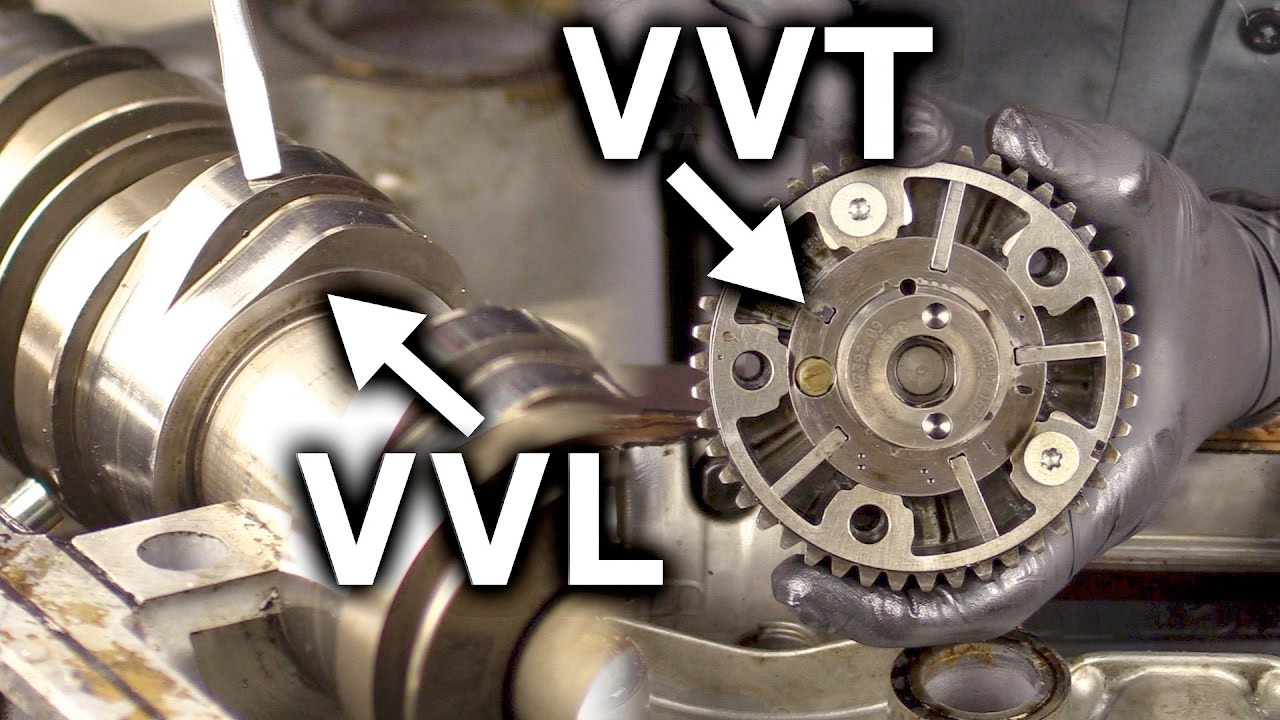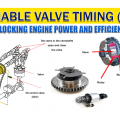
Introduction:
In the dynamic world of automotive engineering, constant innovation propels the evolution of engine technologies. One such innovation that has revolutionized the performance and efficiency of internal combustion engines is Variable Valve Timing (VVT).
Understanding the intricacies of VVT unveils a realm where precision meets power, enabling engines to operate with optimal efficiency across diverse driving conditions.
This article delves into the mechanics of Variable Valve Timing, elucidating how it works and the manifold benefits it brings to modern engines.
Also, read:
Understanding Valve Timing:
Before delving into Variable Valve Timing, it’s crucial to grasp the significance of valve timing in the operation of an engine. In an internal combustion engine, valves control the intake of air-fuel mixture and the exhaust of combustion gases.
The timing of these valve operations, synchronized with the engine’s rotation, dictates performance characteristics such as power output, fuel efficiency, and emissions.
Traditional fixed-valve timing systems rely on a predetermined timing profile, which may not be optimal for all engine operating conditions.
This rigidity poses limitations on performance and efficiency, especially in scenarios requiring varying power demands or engine speeds.
Also, read – Idle Air Control Valve Symptoms – A Full Technical Guidance
Enter Variable Valve Timing:
Variable Valve Timing, as the name suggests, introduces adaptability into the valve timing mechanism.
It allows for real-time adjustments to the timing of valve opening and closing events, optimizing engine performance across a broad range of operating conditions.
The Core Components:
At the heart of Variable Valve Timing systems are sophisticated hydraulic or electronic actuators that manipulate the camshaft’s position relative to the engine’s crankshaft.
This adjustment alters the timing of the camshaft, hence influencing the opening and closing timing of the engine’s intake and exhaust valves.
Mechanical vs. Electronic Systems:
There are two primary types of Variable Valve Timing systems: mechanical and electronic.
Mechanical systems utilize hydraulic pressure to actuate camshaft adjustments, while electronic systems rely on solenoids and electronic control units (ECUs) for precise valve timing control.
Both systems offer advantages in terms of flexibility and responsiveness, catering to different engine architectures and performance requirements.
Dynamic Adjustments:
Variable Valve Timing systems dynamically adjust valve timing based on various parameters such as engine speed, load, throttle position, and temperature.
During low-speed operation, the system may delay valve closing to enhance volumetric efficiency, promoting better torque delivery and responsiveness.
Conversely, at high engine speeds, advancing valve timing can maximize airflow, optimizing power output.
Read More:
- Types of hydraulic valves and their functions
- How To Use AC Vacuum Pump For Pulling Out The Moisture?
- VALVE TRAIN: COMPONENTS, TYPES AND THEIR FUNCTION
Benefits of Variable Valve Timing: The implementation of Variable Valve Timing yields a plethora of benefits, transforming engine performance and efficiency:
- Enhanced Power and Torque: By optimizing valve timing across different engine speeds, VVT systems improve power delivery and torque characteristics, enhancing overall drivability and performance.
- Improved Fuel Efficiency: Fine-tuning valve timing enables engines to operate more efficiently, reducing fuel consumption during both cruising and acceleration phases.
- Emission Reduction: By optimizing combustion efficiency, VVT systems contribute to lower emissions of harmful pollutants, aligning with stringent environmental regulations.
- Flexibility and Adaptability: Variable Valve Timing enables engines to adapt seamlessly to varying driving conditions, ensuring optimal performance across a wide range of operating parameters.
Conclusion:
Variable Valve Timing represents a pinnacle of engineering ingenuity, elevating the capabilities of internal combustion engines to unprecedented levels. By enabling precise control over valve timing, VVT systems empower engines to deliver superior performance, efficiency, and emissions control.
As automotive technology continues to evolve, Variable Valve Timing remains a cornerstone in the pursuit of automotive excellence, promising a future where engines are not just powerful but also environmentally responsible and fuel-efficient.
FOR MORE KNOWLEDGE
- 4 COMMON SYMPTOMS OF AUTOMATIC TRANSMISSION PROBLEMS
- COMMON PARTS OF AN AUTOMATIC TRANSMISSION
- COMMON FAULTS IN THE 6-SPEED DSG TRANSMISSION
- IS REBUILDING A TRANSMISSION WORTH IT IN THE LONG RUN?
Visit Forum
Visit Our Friendly Website



4 Comments